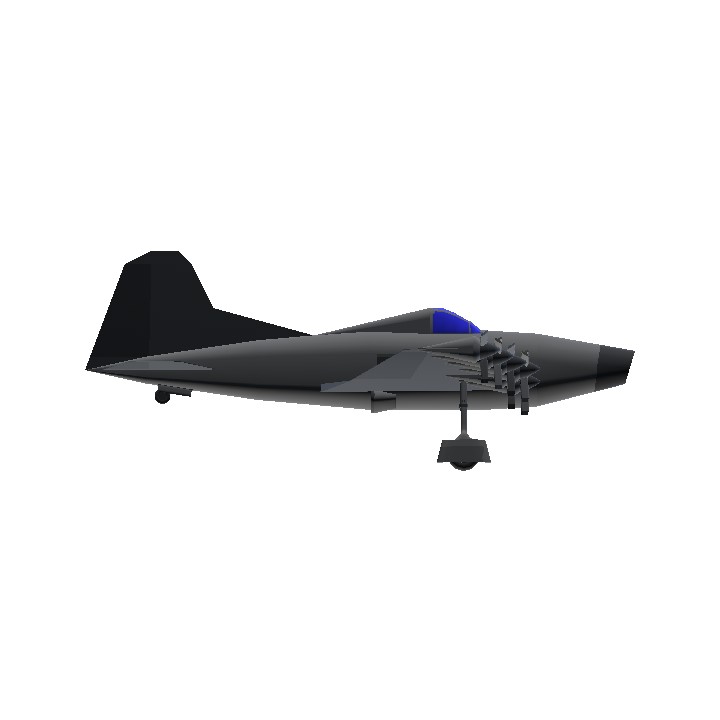No Tags
Auto Credit Based on JessaLeih's Curtiss II++
Distributed propulsion demonstrator. The aim was to determine if multiple 1,000 hp, 10,000 rpm motors along the leading edge of each wing could provide a great amount of power with reduced fuel consumption. Each wing has 6000 horsepower. It's a success.
Specifications
General Characteristics
- Predecessor Curtiss II++
- Created On Android
- Wingspan 44.5ft (13.5m)
- Length 34.0ft (10.4m)
- Height 13.3ft (4.0m)
- Empty Weight 11,737lbs (5,323kg)
- Loaded Weight 16,678lbs (7,565kg)
Performance
- Horse Power/Weight Ratio 0.719
- Wing Loading 36.6lbs/ft2 (178.9kg/m2)
- Wing Area 455.1ft2 (42.3m2)
- Drag Points 5298
Parts
- Number of Parts 52
- Control Surfaces 5
- Performance Cost 518





@JessaLeih Yet for combustion engines the added engines simply create more complexity and decreases the P/W ratio; electric engines are lightweight and simple in construction but IIRC don't scale nearly as nicely as piston/turbine engines do.
@ThomasRoderick This is more of an in-game experiment rather than an IRL determination. Folks also tend not to connect the dots between the basic idea behind distributed propulsion and old IRL designs that used an absurd number of piston engines by today's standards. (eg. Dornier Do X)
Electric aircraft? Yes. Traditional combustion-powered aircraft? Most definitely not. IIRC the improved efficiency came from the massive total propeller area... as well as the fact that limiting the prop blades to three or less meant props aren't travelling behind each other's wake nearly as much.